— Navigating sustainability, digitalization, and security in the modern maritime world
As the global maritime industry faces an era of unprecedented transformation, the International Maritime Organization (IMO) stands at the helm, guiding the sector through turbulent waters toward a sustainable and secure future. In a revealing interview with Maritime Gateway, Arsenio Dominguez, the new IMO Secretary-General, offers deep insights into the organization's strategic priorities and anticipated policy developments for 2025.
A Year of Milestones and Maritime Evolution
The year 2025 will be a turning point for international shipping, with IMO leading efforts to confront geopolitical tensions, maritime security risks, digital innovation, and the urgent need for decarbonization. IMO’s mission continues to be rooted in the promotion of safe, secure, efficient, and sustainable shipping through globally accepted regulations and technical support for Member States.
Key regulatory advancements expected in 2025 include:
1. Implementation of the Hong Kong Convention on safe ship recycling.
2. Progress on the Cape Town Agreement for improving fishing vessel safety.
3. New amendments to the MARPOL Convention to drive further reductions in greenhouse gas (GHG) emissions from international shipping.
Decarbonization by 2050: A Clear Roadmap
Building on the Revised GHG Strategy adopted in 2023, IMO aims for net-zero emissions by 2050. This roadmap includes:
1. Short-term energy efficiency regulations already in place.
2. Mid-term measures under consideration, including a global fuel standard to reduce fuel GHG intensity and a global carbon pricing mechanism, both targeted for adoption in October 2025.
To support this transition, IMO has launched major programs like:
1. GreenVoyage2050 – aimed at piloting innovative GHG reduction solutions.
2. Future Fuels Project – supporting research and trials for next-generation fuels and technologies.
Adapting to Technological and Environmental Shifts
With technological evolution reshaping maritime operations, IMO has modernized its regulatory framework. A key example is the mandatory Maritime Single Window system that simplifies port operations and reduces GHG emissions through digitalization. IMO also remains alert to cybersecurity threats and the rise of autonomous ships, actively developing a new Code for regulation.
Alternative Fuels: Powering a Greener Tomorrow
IMO remains fuel and technology agnostic, allowing the market to explore diverse fuel options. Promising candidates include:
1. Ammonia
2. Hydrogen
3. Biofuels
4. Methanol
5. Wind propulsion
IMO’s focus is to ensure the safe deployment of these fuels, factoring in lifecycle emissions, supply chain limitations, and economic viability. Ongoing projects under GreenVoyage2050 help Member States pilot these new technologies in real-world scenarios.
Safety First: Protecting Lives in the Energy Transition
The shift to alternative fuels must not compromise the safety of seafarers. IMO has already developed interim safety guidelines for ships using ammonia, LPG, hydrogen fuel cells, and alcohol-based fuels. Furthermore, new training guidelines for crews on alternative fuel-powered ships are under development, reflecting the importance of upskilling maritime personnel during the STCW Convention review.
Ensuring Equity for Developing Nations
Recognizing the challenges faced by developing countries in adopting emission regulations, IMO ensures a just and fair transition. Through comprehensive impact assessments, IMO gauges the socio-economic effects on Least Developed Countries (LDCs) and Small Island Developing States (SIDS). Additionally, the shift opens doors for renewable fuel production hubs in emerging markets like India, Africa, and Southeast Asia.
Collaborative Decision-Making with Industry Stakeholders
IMO’s success hinges on its collaborative approach. Beyond its 176 Member States, it works closely with:
1. 89 NGOs in consultative status.
2. 66 intergovernmental organizations.
These stakeholders bring technical know-how and real-world insight into IMO deliberations, ensuring that policies are grounded in feasibility, practicality, and industry alignment.
Conclusion: A Unified Maritime Future
As we approach 2025, the IMO’s vision emphasizes unity, innovation, and resilience. By embracing decarbonization, digital transformation, and inclusive policy-making, the maritime industry can transition into a greener, safer, and more efficient future.





 >
>
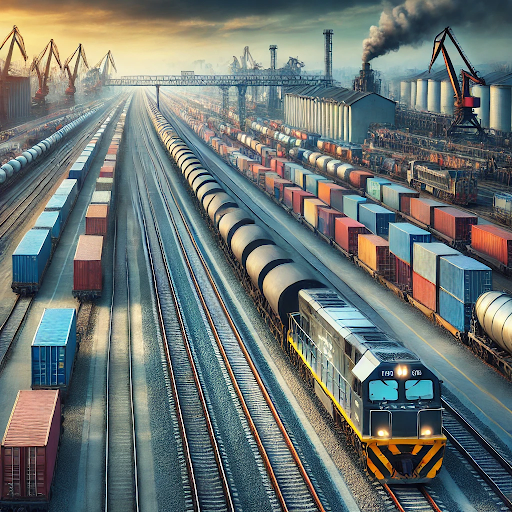
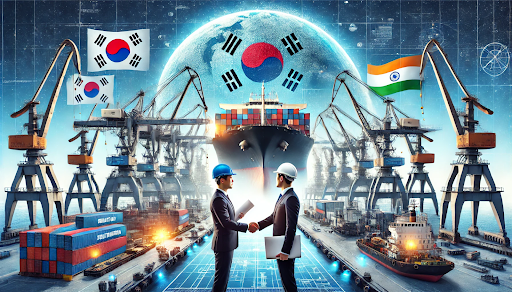
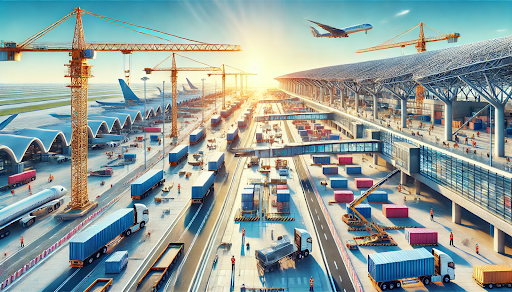


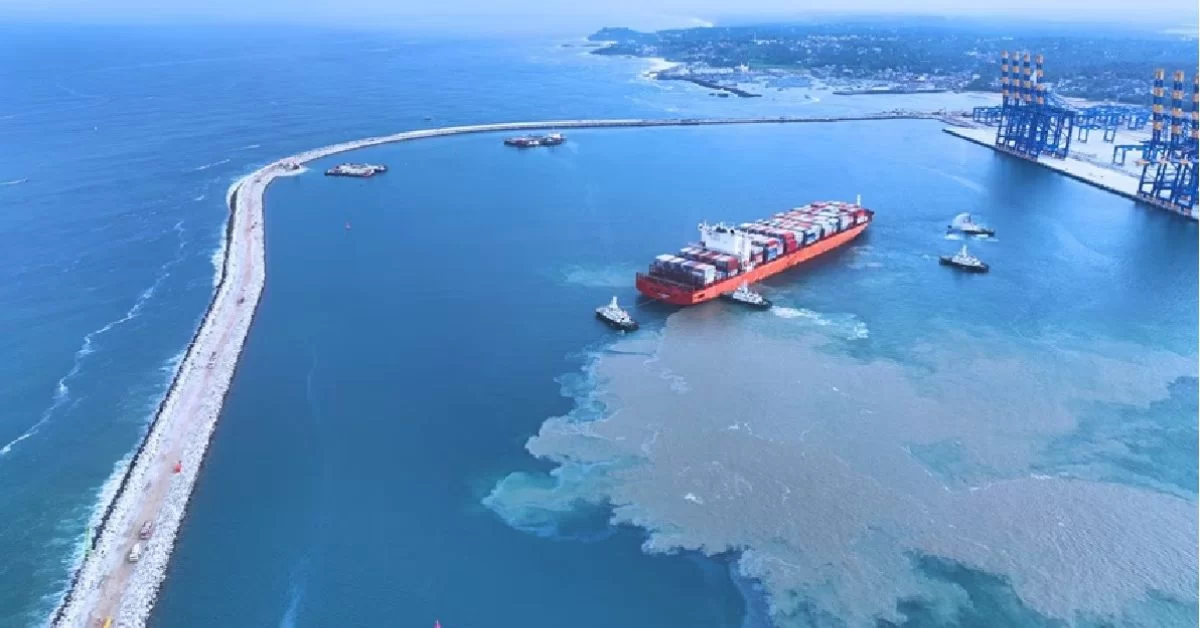

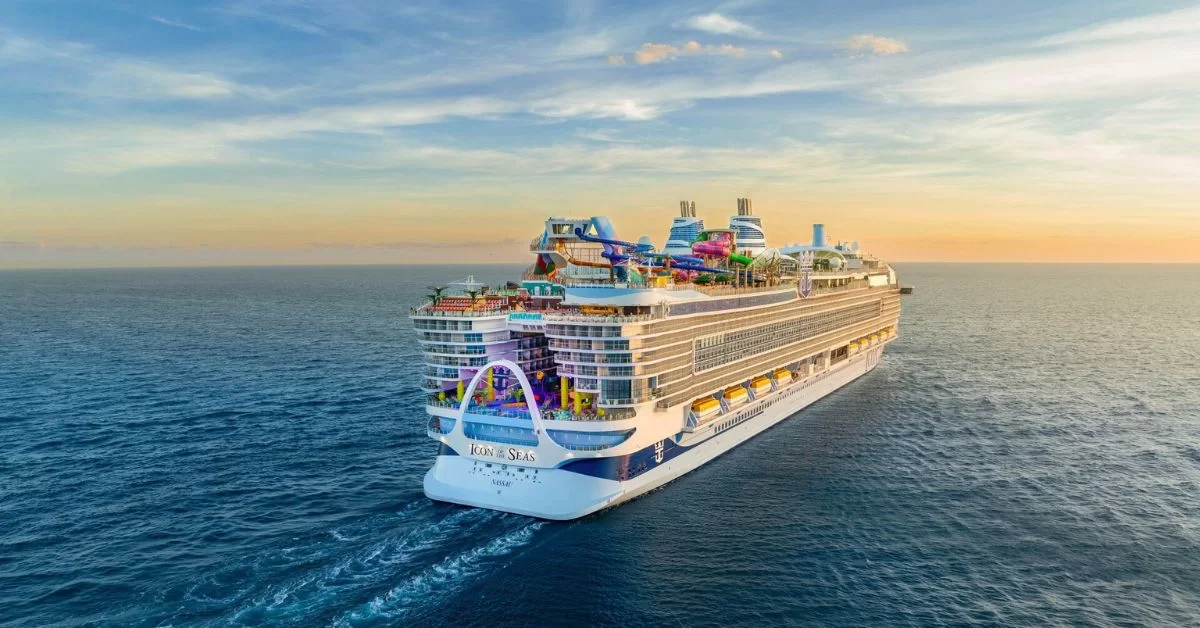




 Business Care Solutions
Business Care Solutions